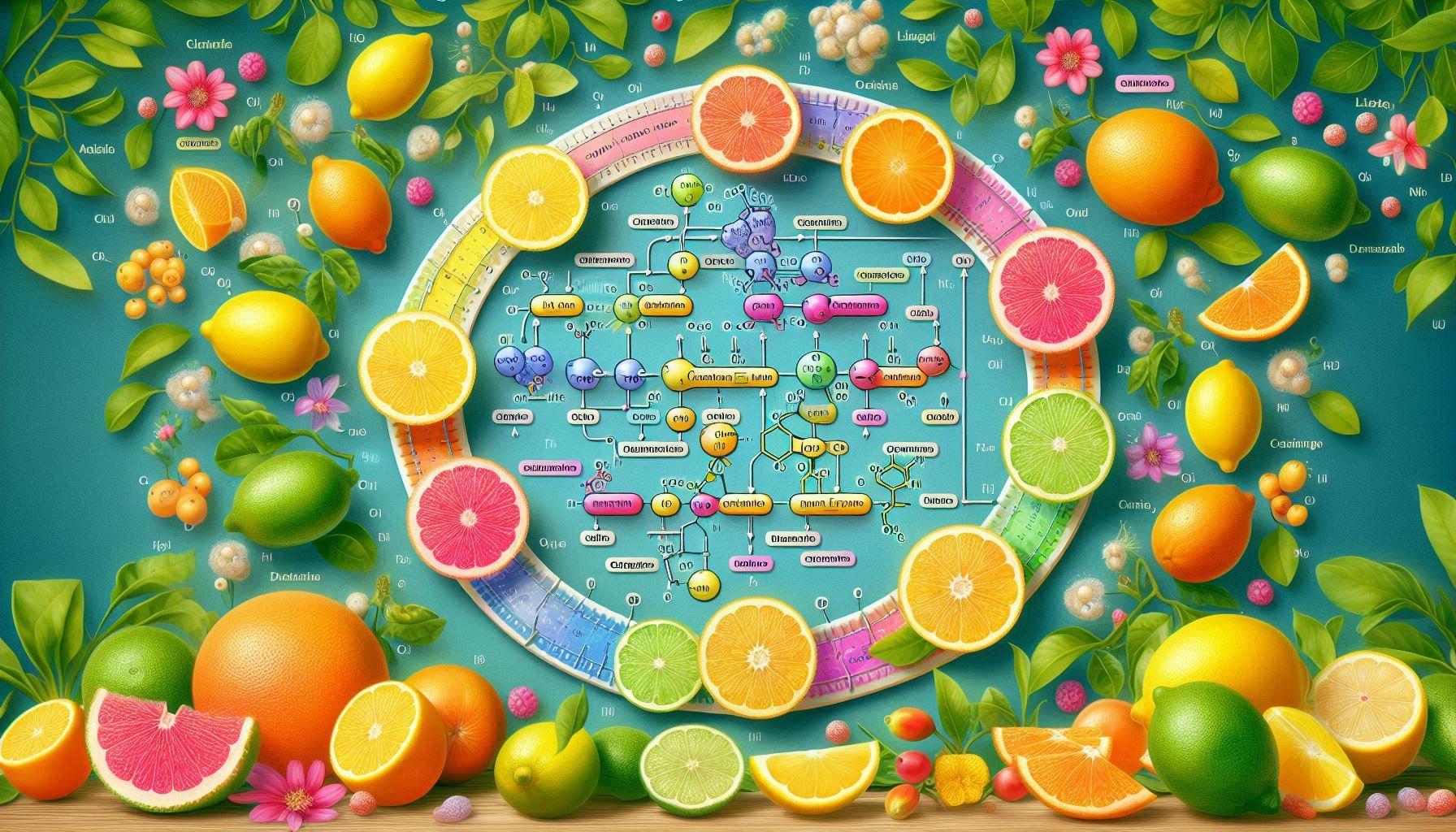When we look into ATP, which is called the energy currency, we come across something called the citric acid cycle. Citric acid is a sour organic compound found in citrus fruits and pickled plums, and the citric acid cycle (TCA cycle) is a cycle for creating an energy source called ATP in the body. It is called the citric acid cycle because citric acid is the first substance produced when this cycle begins.
Organisms with and without the citric acid cycle
Most aerobic microorganisms, plants, and animals seem to have the citric acid cycle, but anaerobic bacteria that do not use oxygen, such as lactic acid bacteria, and some archaea, such as methanogens, do not seem to have the citric acid cycle. This cycle seems to take place in cells that have mitochondria, and red blood cells, which do not have mitochondria, do not appear to have the citric acid cycle either.
cycle
The cycle of the citric acid cycle continues as follows: 1. Citric acid → 2. Isocitric acid → 3. α-ketoglutaric acid (source of GABA) → 4. Succinic acid → 5. Succinic acid (flavor component) → 6. Fumaric acid → 7. Malic acid (acidity of apples) → 8. Oxaloacetic acid → 1. Citric acid. The cycle continues. It seems that substances for generating ATP are produced within the cycle, and it is an organization called the electron transport chain that actually produces ATP.
The citric acid cycle receives nutrients broken down into small pieces from the glycolysis pathway, which breaks down nutrients, and passes the resulting product to the electron transport chain, which produces hydrogen ions. The hydrogen ions produced rotate the ATP synthase enzyme to produce ATP. It’s like water turning a water wheel. With one cycle of this, 2 ATP is produced in the glycolysis pathway, 2 ATP in the citric acid cycle, and 28-30 ATP in the electron transport chain.
sugar and respiration
The reaction speed of the citric acid cycle is very fast, with one cycle taking anywhere from a few seconds to a few minutes. Apparently humans only have enough ATP for 180 seconds, so it’s constantly being produced. The glycolysis system turns glucose into pyruvate (the source of lactic acid), the citric acid cycle produces carbon dioxide, and the electron transport system works by oxygen receiving electrons to become water, giving us a glimpse into the relationship between nutrition, breathing, exercise, and lactic acid.
Reverse rotation also possible
The citric acid cycle can be said to convert organic compounds such as sugar into carbon dioxide and water, while the reverse citric acid cycle uses carbon dioxide and water to create organic compounds. This is apparently carried out by some bacteria that live in places without light or oxygen, and there is a theory that a reverse cycle was used on ancient Earth. In addition, the forward cycle is called catabolism, which differentiates complex substances into simple substances to extract energy, while the reverse cycle is called anabolism, which uses energy to synthesize simple substances into complex substances.
The Citric Acid Cycle is Amazing
The citric acid cycle can create energy from sugar, fat, protein, and even vinegar, and it seems to be a circulating cycle that reuses intermediate products, so it produces energy efficiently. This cycle continues to run in most cells, allowing living organisms to survive. The citric acid cycle is amazing. The Earth’s breathing system is amazing.


